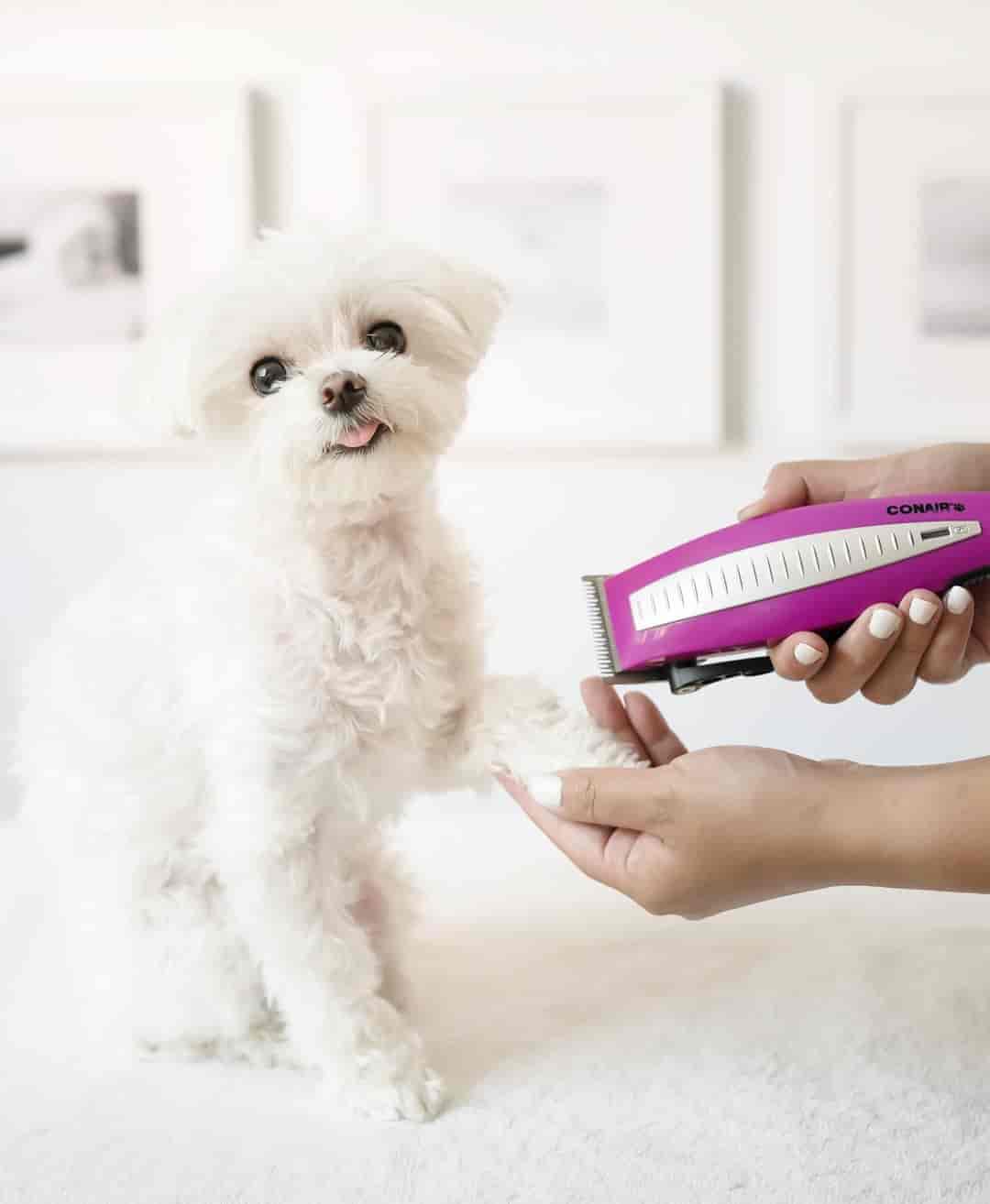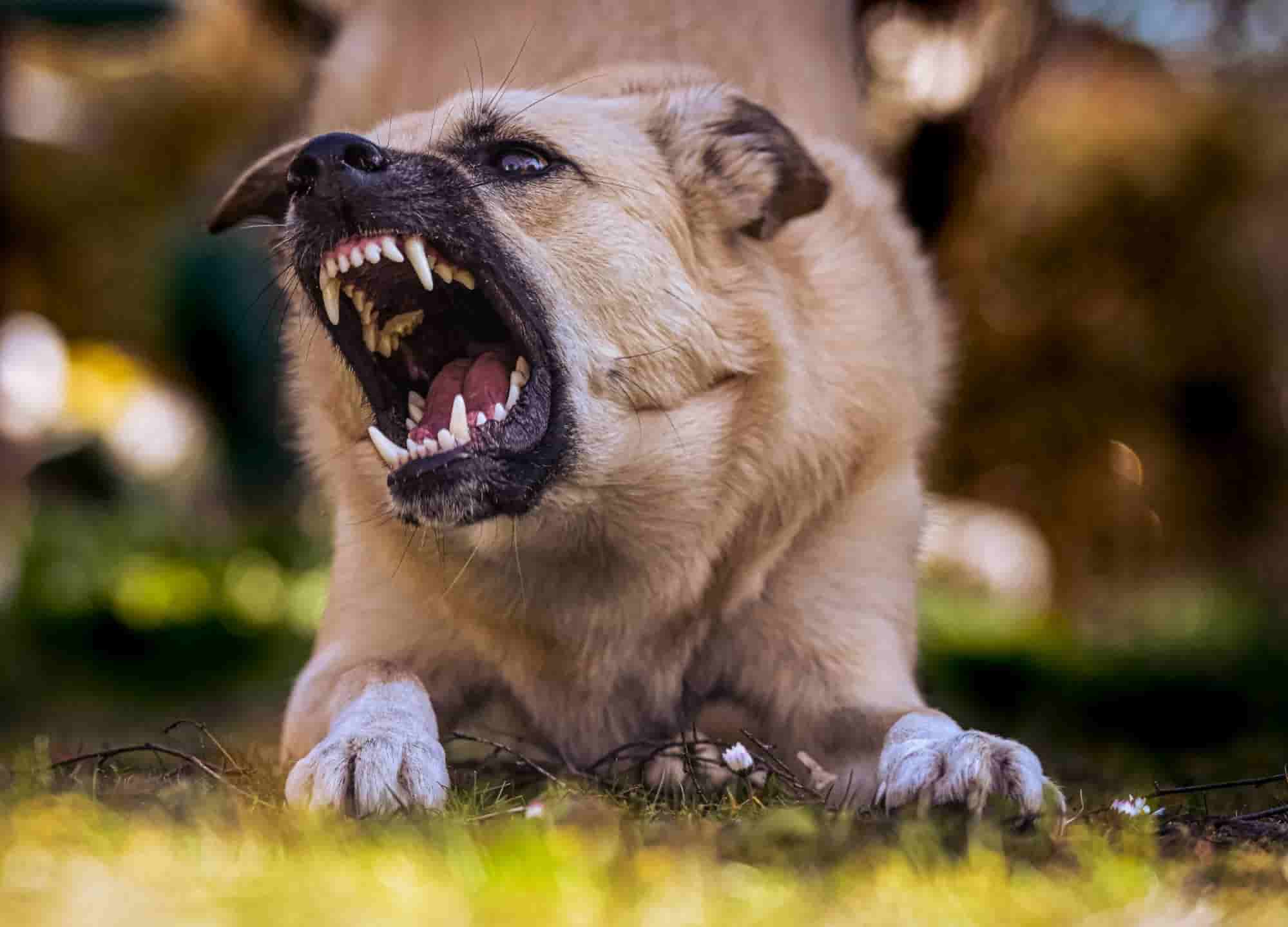Isn’t it amazing how our four-legged friends speak a different language?
If you’ve ever seen your dog’s hair standing up in patches or their hackles raised, you might have wondered what’s happening. Is Fido scared or preparing to attack?
Today, we’re digging into the “raised hackles” phenomenon and its meaning.
Raised hackles can be confusing when seen during walks or dog park visits.
It’s a sort of “dog hackles up” display that’s loaded with communication.
In this article, we’ll decode this canine lingo and learn how to respond effectively.
With this knowledge, you’ll understand your pet’s behavior better and improve your bond with them. So let’s get started.
Are you ready for a hair-raising journey?
Table of Contents
Understanding Dogs: An Overview of Hackles
Dogs’ bodies are like emoticons. They convey a world of emotions without uttering a single word. Among the various signals, raised hackles stand out. But what are hackles?
Hackles are a dog’s ridge of fur running along the back, which can rise involuntarily. From the base of the neck to the tail tip, any part of this ridge can exhibit “dog hackles up” behavior. Now let’s see how this looks in different breeds.
Types of Hackles in Different Dog Breeds
Like humans, not all dogs express their emotions the same way. This goes for raised hackles too. So, without further ado, let’s delve into the different raised hackles you may encounter.
Full-body Hackles
As the name suggests, full-body hackles span from the neck to the tail. This display can indicate high arousal or intense fear.
Partial Hackles
Partial hackles only cover a section of the back. Depending on the situation, they may indicate mild excitement or slight discomfort.
Erected Neck Hackles
Erected neck hackles often signal that a dog is on alert. Keep an eye out, as this could escalate to full-body hackles.
Raised Shoulder Hackles
Raised shoulder hackles are typically associated with defensive postures. The dog is possibly feeling threatened.
Tail Hackles
Tail hackles often indicate an excited or aroused state. They’re like exclamation points at the end of a furry sentence.
Raised Hackles With Tail Flagging
Raised hackles paired with tail flagging usually signal high alertness. Your dog is intensely aware of its environment.
Patchy Or Localized Hackles
Patchy hackles mean the dog’s fur stands up in patches, indicating conflicting emotions or unsureness.
Fluctuating Hackles
Fluctuating hackles move between different areas, indicating rapidly changing emotional states.
How to Identify a Dog’s Raised Hackles?
Recognizing raised hackles is the first step in decoding your dog’s communication. This doesn’t only rely on visual clues but also changes in behavior. Let’s take a look.
Physical Signs
Physically, raised hackles will appear as a ridge of fur standing up along your dog’s spine, from the base of the neck to the tail. It’s particularly noticeable in dogs with shorter fur. The extent of the raised fur can vary; sometimes, it’s just a small patch, and other times, it extends the entire length of their back.
Behavioral Clues
Behaviorally, a dog with raised hackles might show signs of agitation, anxiety, or excitement. They could be more alert and fixated on a particular object, person, or animal. They may growl, bare their teeth, or adopt a defensive posture in more intense situations.
Recognizing these signs can help you respond appropriately to your dog’s emotional needs.
The Science Behind Hackles: Exploring the Hair-Raising Phenomenon

Hackles aren’t just about intimidation or fear. They’re a fascinating evolutionary mechanism that dogs share with many other mammals. Let’s dive into this hair-raising science.
Raised Hackles
Raised hackles, or piloerection, occur when a dog’s hair stands up. This involuntary reaction is caused by the contraction of tiny muscles at the base of the hair follicles, often triggered by heightened emotional states.
Fearful Hackles
Fearful hackles tend to rise when a dog perceives danger or feels threatened. This biological reaction attempts to look larger and more intimidating, potentially warding off a threat.
Aggressive Hackles
Aggressive hackles usually accompany overt signs of aggression, such as growling, lunging, or baring teeth. This natural response aims to make a dog appear larger and more fearsome, signaling to an opponent that they’re ready to fight if necessary.
Defensive Hackles
Defensive hackles are similar to fearful ones but typically arise during tense or uneasy encounters. This hair-raising response is a clear indication that your dog is on high alert and ready to defend itself if provoked.
Understanding this can provide valuable insight into your dog’s feelings and behavioral patterns.
Common Situations that Trigger Raised Hackles in Dogs
Being aware of what can trigger your dog’s raised hackles is instrumental in managing their behavior and well-being. Each dog is an individual, and so are their triggers. So, let’s uncover some of the most common situations leading to raised hackles in dogs.
Threatening or Aggressive Encounters
In threatening or aggressive encounters, dogs instinctively get on the defensive, leading to raised hackles. This could be when they confront an aggressive dog during a walk or perceive a human’s behavior as intimidating.
Recognizing this response can enable swift action to diffuse the situation and keep your furry friend safe.
Fear or Anxiety

Fear or anxiety can trigger a dog’s hackles to rise, manifesting as a physical response to emotional distress. Situations like thunderstorms, fireworks, visits to the vet, or introduction to a new, unfamiliar environment can stimulate fear responses.
Understanding this can help provide comfort and reassurance when your dog is feeling scared or anxious.
Resource Guarding
Dogs instinctively protect what they perceive as resources. This can be their food, toys, territory, or even their favorite humans! If they sense a potential threat to these resources, it can result in raised hackles, signaling their intent to protect what’s theirs.
Social Interactions
Social interactions with unfamiliar dogs or humans can sometimes be a tightrope walk for our canine friends. Misunderstandings or perceived threats can trigger raised hackles as they navigate these complex social scenarios.
The key here is to provide positive socialization experiences to build their confidence.
Excitement and Arousal
Raised hackles aren’t always a sign of negative emotions. Intense excitement or arousal can also trigger this response. For instance, the arrival of a beloved family member or an exhilarating game of fetch can result in hackles raised out of sheer joy!
Prey Drive
Dogs have inherent prey drives that can be activated by seeing small animals or even objects moving swiftly. This primal response can result in hackles rising as they enter the “hunt” mode. Remember, it’s not aggression but rather an instinct.
Physical Discomfort
Physical discomfort from illness, injury, or even lesser-known issues like skin allergies can lead to raised hackles. If other signs of discomfort or illness accompany the raised hackles, it’s best to consult with a veterinarian to rule out any underlying health problems.
Communicating with Dogs: Responding to Hackles
When your dog’s hackles go up, it’s time to spring into action. Here are some steps to consider:
- Assess the situation to identify potential stressors
- Avoid escalating the situation. Remain calm and composed
- Redirect your dog’s attention, if possible
- Never punish a dog for raised hackles. It’s a natural response, not misbehavior
Conclusion
Understanding why a dog’s hair stands up in patches or exhibits raised hackles is key to strengthening the bond with our furry friends. It’s their way of communicating with us, expressing their emotions, and reacting to the world around them.
We can make our dogs feel understood and secure by acknowledging these signs and responding appropriately. Remember, when it comes to our dogs, every raised hackle, wagging tail, and playful bark is a heartfelt message just waiting to be deciphered.
FAQs
What does it mean when a dog’s hackles are raised?
When a dog’s hackles are raised, it indicates an emotional response such as fear, aggression, excitement, or arousal. It’s a physiological reaction where the hair along a dog’s spine stands up.
Is a dog with raised hackles always aggressive?
No, a dog with raised hackles is not always aggressive. While it can be a sign of aggression, hackles can also rise due to fear, anxiety, excitement, or arousal.
How can I calm my dog when its hackles are raised?
Calming a dog with raised hackles involves identifying and addressing the underlying cause, which could be fear, stress, or excitement. You can remove the triggering factor, provide a safe space, or engage in calming activities like petting or playing soft music.

